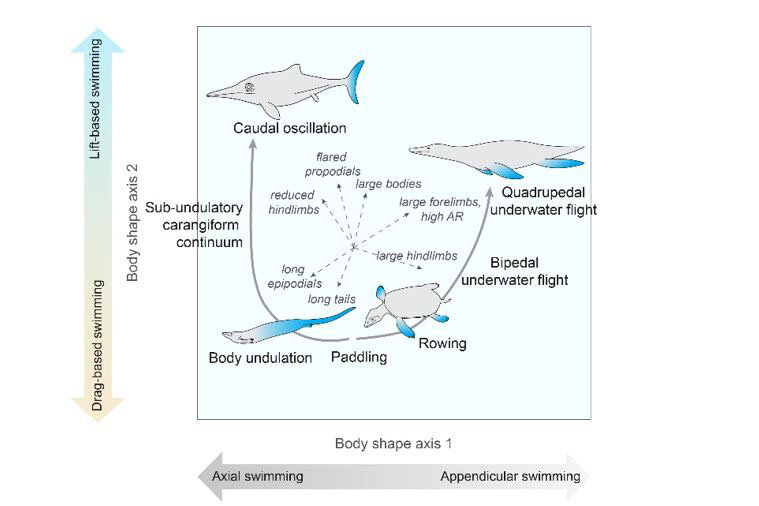Concerns Over the Well-Being of Sentient, Emotional Reptiles


Source: Clifford Warwick, with permission.
Reptiles—lizards, snakes, crocodiles, and turtles—are amazing animals. They have secret and complex social lives, provide extensive care for their children, experience mammalian emotions, and greatly suffer when held captive, living in what’s called “controlled deprivation” often for their entire lives. Captive reptiles, like all other animals, need to be able to perform natural behaviors and unfortunately, many if not most, are unable to do so.
Many people dismiss or underestimate the depth of their social, cognitive, and emotional lives and don’t realize that they’re not “easy pets.” It’s difficult to estimate just how many reptiles are kept as household companions, but it’s likely there are around 5 million in approximately 4.5 percent of households in the United States alone.1
Many people also are deeply concerned with the well-being of these animals, and I’m pleased that a new book called Health and Welfare of Captive Reptiles edited by reptile experts Clifford Warwick, Phillip C. Arena, and Gordon M. Burghardt has recently been published in which the well-being of reptiles is front and center. Here’s what they had to say about their landmark book.
Marc Bekoff: Why did you and your colleagues edit Health and Welfare of Captive Reptiles?
We all agreed on the importance of keeping this second edition in line with the first by providing objective scientific information focused on reptile welfare science. The first edition in 1995 was, and still is, way ahead of much general herpetological practice. It has been very rewarding seeing those original concepts and principles permeate and shape aspects of reptile and other animal biology over the past three decades.
This new version even further advances all this by expanding and adding chapters to deal with the latest findings and methods. The second edition, 28 years on, is over twice the length of the first and has many colour illustrations, which the first edition did not. Indeed, this second edition also serves as a reminder that there is still much for us to learn from this astonishing group of animals.
MB: How does your book relate to your backgrounds and general areas of interest?
We each have quite extensive backgrounds in the herpetological sciences, including academic teaching, fieldwork, captive animal studies, and animal welfare generally, among other areas. We have also long researched and published on reptile welfare—so editing this book was right up our street.
MB: Who is your intended audience?
The official flyer says: “Among others, zoo personnel, herpetologists, veterinarians, lab animal scientists, and expert readers in animal welfare and behavioural studies will benefit from this updated work.” But we are optimistic that, like the first edition, those working in both generalised and specialised fields (biologists, animal managers, welfare organisations, and others) will also find the information in the book relevant or inspirational.
MB: What are some of the topics you weave into your book and what are some of your major messages?
The book is divided into subthemes, although all are strongly interconnected. For example, the book’s initial chapters primarily address normal biology, anatomy, physiology, stress, cognition, and behaviour. Next, subjects move to captivity-related considerations, focusing on psychological and behavioural problems, effects of rearing conditions, environmental disturbances, and comparisons between natural and captive situations. Following that, the book explores theories and issues around husbandry practices.
All chapters delve deeply into welfare-related topics and include sections dedicated to animal welfare considerations. Even where a chapter focuses on a management issue, such as Record Keeping, the main beneficiaries of that information—reptiles—are emphasised. The same is the case for Evidential Thresholds for Species Suitability in Captivity, which includes a keeper knowledge self-assessment protocol—again, reptiles can benefit from people understanding their skills and limitations. The book collates and discusses wide areas of information, as is often needed to really understand something.
There are many messages, but a few take-home samples should be: Reptiles cannot be treated as lesser beings than dogs, dolphins, and humans; life in captivity must be objectively based on the benefits of living in the wild; and many keepers of reptiles need to let go of their prejudicial passions and self-interests as animal collectors, objectively study reptile science—not hobbyist claptrap, and apply informed critical thinking to try to understand why reptiles frequently do so poorly in their diminutive vivariums.
MB: How does your book differ from others that are concerned with some of the same general topics?
The book tenaciously and consistently holds reptile welfare—and thus reptiles themselves—at its heart; nothing is more important in the book than what serves reptiles best. There are many excellent scientific texts out there on reptile biology and health, but none that devote their entire theme to placing reptile welfare first and foremost. Thus, the book differs from content in other biological and veterinary volumes, because they may instead centralise issues of generalised practicality, convenient husbandry practices, clinical techniques, and other subjects.2
MB: Are you hopeful that as people learn more about the fascinating lives of reptiles they’ll appreciate and respect them more and treat them better?
Yes. We have long found it unfortunate, if not simply sad, that so many who claim to respect, admire, or even love reptiles actually confine them lifelong in depauperate captive conditions and are—through their lack of scientific objectivity and understanding—also their incidental worst abusers. The first thing such people need to do is to read this book for what it is, with no preconceptions, and above all, no vested interest biases.








